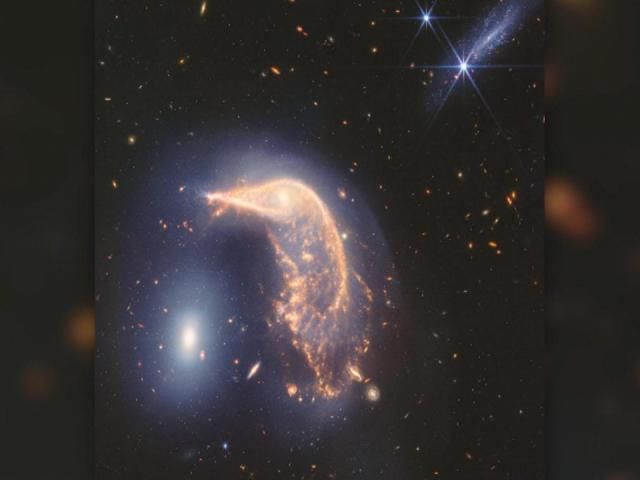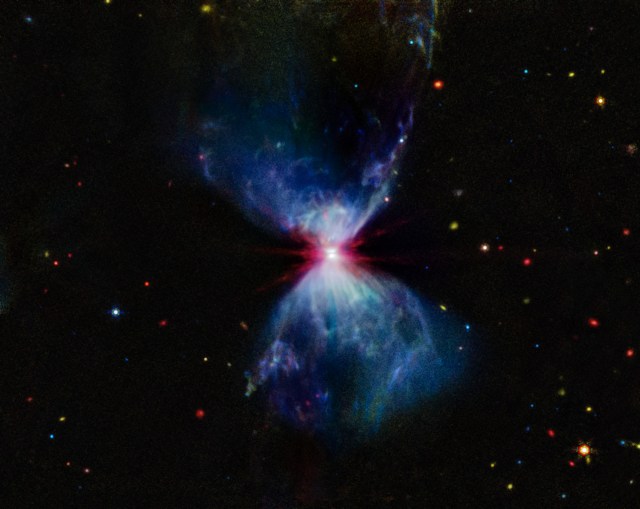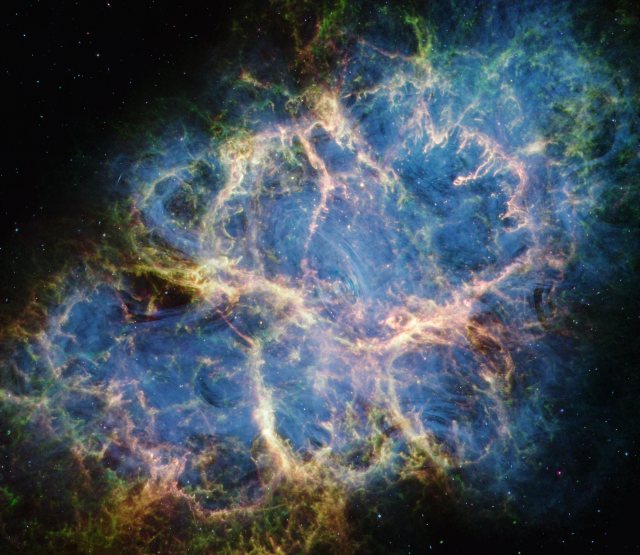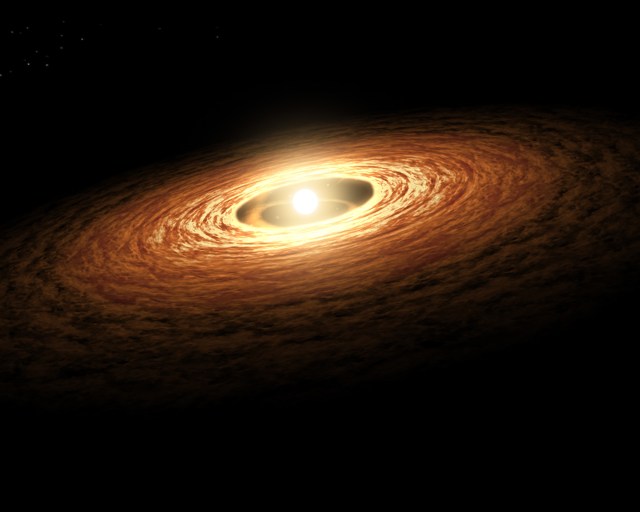National Aeronautics and Space Administration (NASA)
The National Aeronautics and Space Administration (NASA) is a U.S. government agency responsible for civilian space exploration and the scientific study of Earth and the universe. NASA's primary focus includes researching exoplanets, studying the effects of climate change, investigating celestial bodies like Mars, developing new technologies for space exploration, and collaborating with international partners on various projects. The organization is committed to sharing its findings with the public through educational resources and engaging content.
100%
The Daily's Verdict
This news site is known for its high journalistic standards. It strives to maintain neutrality and transparency in its reporting, and avoids conflicts of interest. It has a reputation for accuracy and rarely gets contradicted on major discrepancies in its reporting.
Bias
100%
Examples:
- NASA consistently presents factual and unbiased information based on scientific research and discoveries.
Conflicts of Interest
100%
Examples:
- There are no conflicts of interest detected in NASA's reporting.
Contradictions
95%
Examples:
- NASA has encountered a few contradictions in their articles, but they are quickly corrected and clarified.
Deceptions
100%
Examples:
- NASA does not use deceptive practices in their reporting.
Recent Articles

NASA's Curiosity Rover Discovers Pure Sulfur Crystals on Mars
Broke On: Thursday, 30 May 2024
NASA's James Webb Space Telescope Reveals Distinct Morning and Evening Atmospheres on Exoplanet WASP-39b: A Tidally Locked World with Extreme Temperature Differences
Broke On: Tuesday, 16 July 2024
New Image from James Webb Space Telescope Reveals Intertwined Galaxies Penguin and Egg in Stunning Detail
Broke On: Friday, 12 July 2024
NASA's James Webb Space Telescope Reveals Spectacular Celestial Fireworks in Star-Forming Regions
Broke On: Tuesday, 02 July 2024
NASA's Discoveries of X and C-shaped Formations in Earth's Ionosphere: Unraveling the Mysteries of Space Weather
Broke On: Monday, 01 July 2024
New Insights from JWST Reveal the Crab Nebula as a Complex Core-collapse Supernova
Broke On: Tuesday, 18 June 2024
Strawberry Moon Coincides with Summer Solstice and Harvest Season in 2024: A Celestial Treat for Skywatchers
Broke On: Monday, 17 June 2024
NASA's James Webb Space Telescope Detects Abundance of Hydrocarbons in Protoplanetary Disk Around Low-Mass Star
Broke On: Thursday, 06 June 2024
Hubble Space Telescope Transitions into One-Gyro Mode: New Challenges and Anticipated Discoveries
Broke On: Tuesday, 04 June 2024